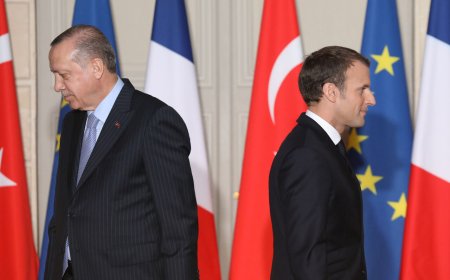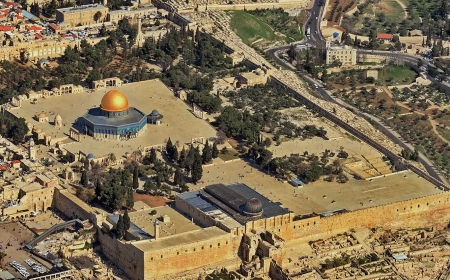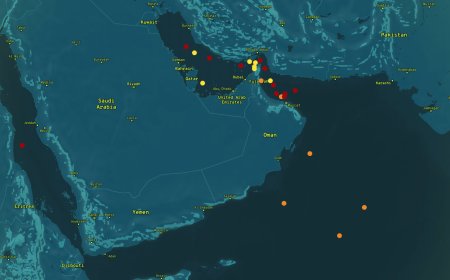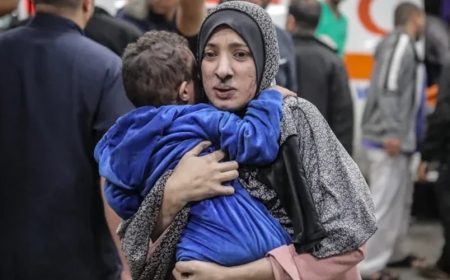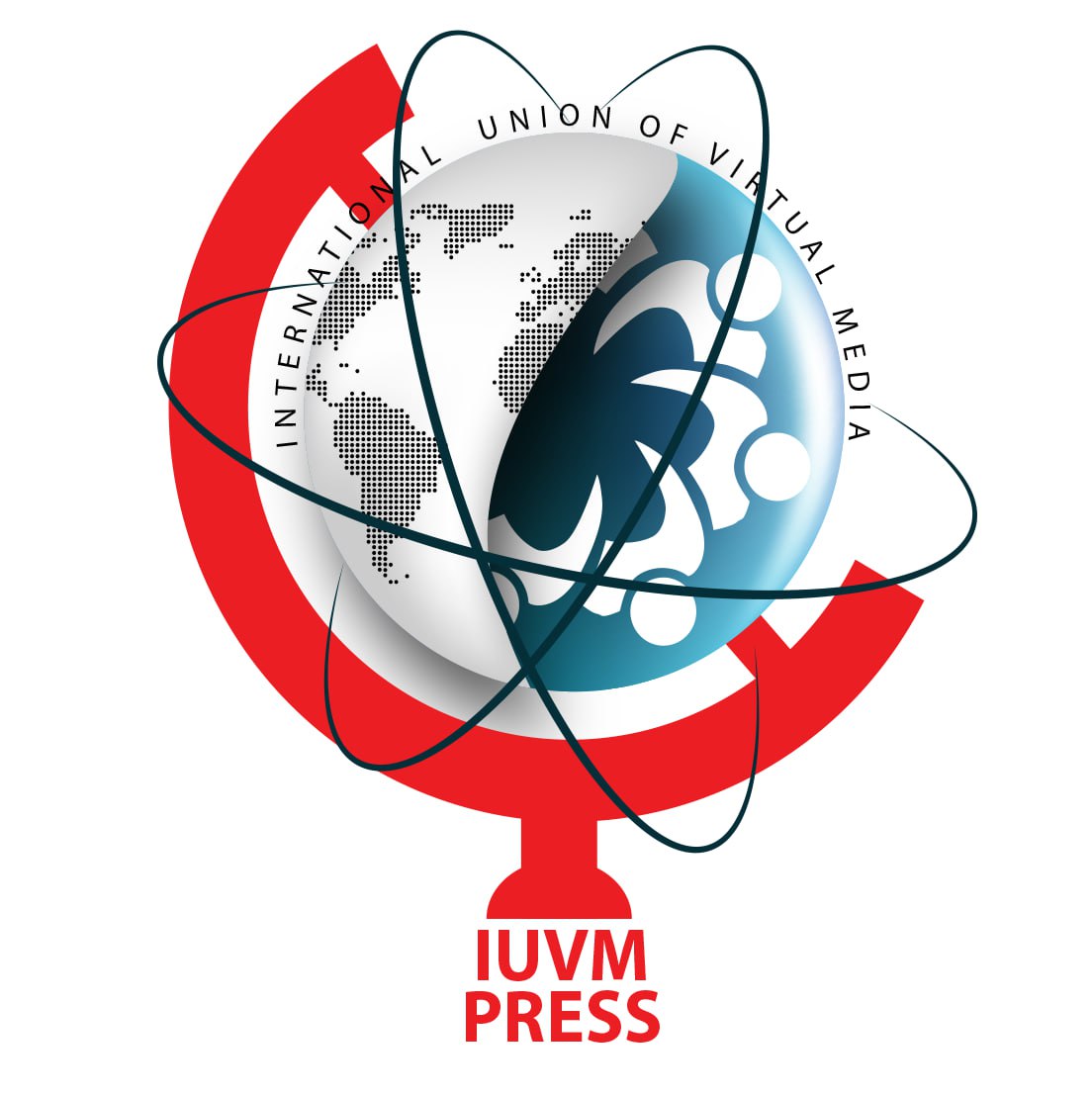Key Points on the Ceasefire between Ansarullah and the United States
Yemen has demonstrated that it is, in the truest sense, the *"linchpin"* of the Axis of Resistance—capable of single-handedly carrying the burden, confronting both Israel and the U.S., and thwarting their objectives.
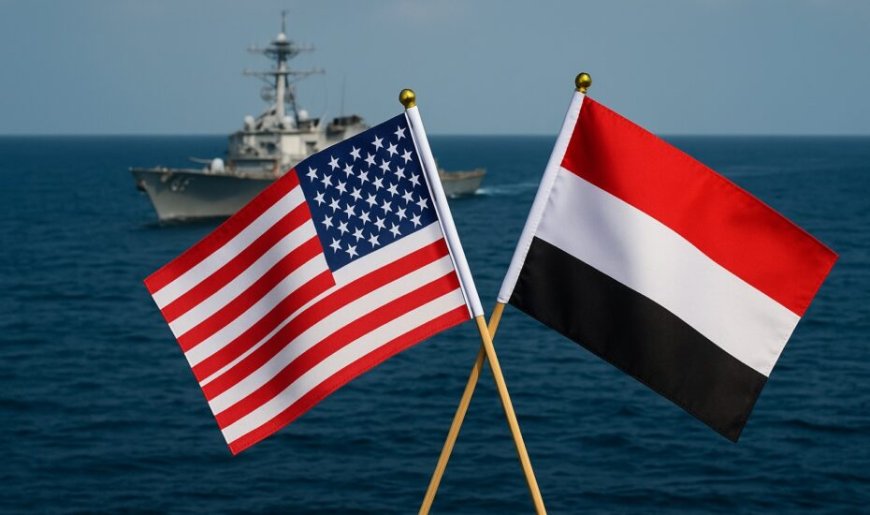
Key Points on the Ceasefire between Ansarullah and the United States:
1. Regardless of how long this ceasefire lasts or what its quality may be—whether it is a temporary de-escalation measure ahead of Trump’s visit to the region, or a tactical pause to help the U.S. navigate the challenges of its trade wars—this development is, in itself, a significant achievement for Yemen and a fresh surge of vitality for the Axis of Resistance.
2. Through its recent actions, Yemen’s Ansarullah has effectively debunked the narrative of a “historical weakening of Iran and the Axis of Resistance”—a theory long propagated by neocons and the Israeli lobby in Western think tanks. This narrative had been a driving force behind the “dual war-negotiation strategy” and the unprecedented military threats against Iran. The events have strengthened Tehran’s position at the negotiation table, proving to all observers the immense cost of a military confrontation with Iran and demonstrating that the United States cannot easily wield the “stick of war” to advance its bargaining objectives.
3. This event appears to have been carried out without Israel’s knowledge, catching the regime’s officials off guard. This indicates that the growing recognition of the *"prohibitive cost of war"* has easily created fissures in Washington, emboldening anti-war factions against the Israel lobby.
4. Yemen has demonstrated that it is, in the truest sense, the *"linchpin"* of the Axis of Resistance—capable of single-handedly carrying the burden, confronting both Israel and the U.S., and thwarting their objectives.
5. While this development has reduced the likelihood of direct military confrontation between Yemen/Iran and the U.S., it has not eliminated it entirely. The possibility of renewed U.S. military action, alternative measures in the intelligence-security domain, or the use of proxy forces against both remains a serious concern. Hence, both Tehran and Sana’a must remain highly vigilant.
6. While the conflict between Sana’a and Washington appears to have concluded, the battle between Ansarullah and Israel continues. The question now is whether Ansarullah can prove the legitimacy of its claims in its confrontation with Israel. Additionally, should this conflict escalate dramatically, it remains to be seen whether Washington will continue to honor the ceasefire. Amidst all the uncertainties, one statement remains indisputably true “The fate of this war will not be decided in Gaza, but in the international waterways.” What that fate will be depends largely on Tehran and Sana’a’s understanding of global economic power dynamics and the political calculus within Washington.











